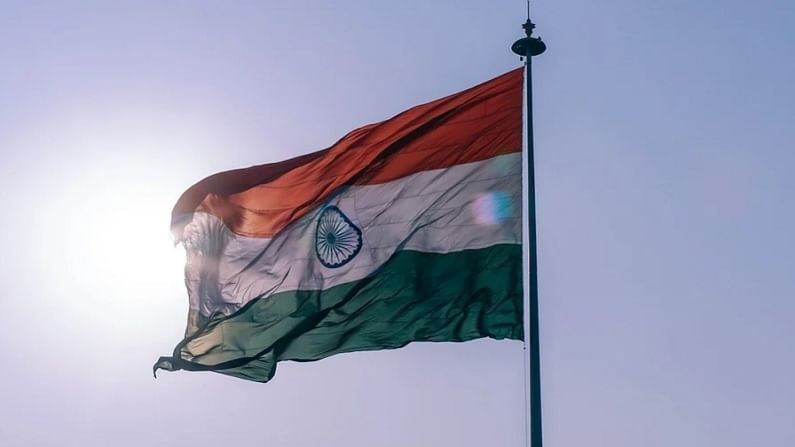International Mother Language Day: Endangered Languages of India and their preservation
The linguistic plurality of the nation is a marker of multiple ethnic identities, cross-cultural communication, and social integration

India is the best example of Cultural Diversity that the world has today and the rich treasure of its indigenous languages is a huge part of the country’s multilingual diversity. In fact, UNESCO has recognised India as one of the most linguistically diverse countries, having 22 scheduled languages, hundreds of local languages and dialects.
According to the 2011 Census report on Languages and Mother Tongue, India has 121 recorded languages and 19,569 raw mother tongues. The linguistic plurality of the nation is a marker of multiple ethnic identities, cross-cultural communication, and social integration.
This emphasis on mother tongue points towards a crisis that needs to be addressed today – the endangered languages. The UN states that “every two weeks a language disappears taking with it an entire cultural and intellectual heritage. At least 43% of the estimated 6,000 languages spoken in the world are endangered.”
What leads to the Endangerment of a Language?
According to the criteria adopted by UNESCO, a language becomes extinct when nobody speaks or remembers the language. Other than this, languages across the world become endangered due to other several factors, such as:
— In and out-migration of communities which leads to the dispersal of the traditional settlement,
— Changing employment pattern which favours a majoritarian language
— Changes in social and cultural values
— Growth of “individualism”, which puts self-interest over that of a community;
— Encroachment of materialism in traditional communities allowing spiritual, moral and ethical values being overshadowed by consumerism.
Moreover, UNESCO has categorised languages on the basis of endangerment as follows:
Vulnerable, Definitely Endangered, Severely Endangered, and Critically Endangered.
UNESCO has recognised 42 Indian languages as Critically Endangered. Language endangerment is followed by language extinction. In India, the perilous situation of languages spoken by lesser-known tribal communities is alarming. Once a language goes extinct, the world view and the traditional knowledge system which are embedded in the language of the community also perish.
The People’s Linguistic Survey of India, which began in 2010, recorded 780 languages in the country. The survey claims that 220 languages were lost in India in the previous five decades while 197 are currently endangered. Some of the extinct Indian languages are Ahom, Andro, Rangkas, Sengmai, Tolcha, etc.
Government Schemes to Preserve Endangered Languages
In order to preserve the many endangered languages in India, the Ministry of Human Resource Development created the Scheme for Protection and Preservation of Endangered Languages (SPPEL) in 2013. The sole objective of the Scheme is to document and archive the country’s languages that have become endangered or likely to be endangered in the near future. The scheme is monitored by the Central Institute of Indian Languages (CIIL).
Under this scheme the government documents and enlists the languages which are spoken by less than 10,000 speakers or languages that are not linguistically studied earlier.
So far, 117 languages have been listed for the documentation such as AIMOL in NorthEast Zone, ARANADAN in Southern Zone, BARADI in West Central Zone, BATERI in Northern Zone, BIRHOR in East Central Zone, etc.
Documentation is done in the form of grammar, dictionary and ethnolinguistic profiles. About 500 lesser-known languages are estimated to be accomplished in the coming years.
Preservation of Mother Tongues through Education
The theme for this year’s International Mother Language Day celebration is “Fostering multilingualism for inclusion in education and society.” The day is celebrated globally to recognise and promote linguistic and cultural diversity and multilingualism.
The inclusion of mother languages into the education systems is more important than ever before.
According to the message of the Director-General of UNESCO, Audrey Azoulay, “40% of the world’s inhabitants do not have access to education in the language they speak or understand best, it hinders their learning, as well as their access to heritage and cultural expressions. This year, special attention is being paid to multilingual education from early childhood, so that for children, their mother tongue is always an asset.”
The National Education Policy 2020 of India last year, had ‘emphasised’ on the use of mother tongue or local language as the medium of instruction till Class 5 while, recommending its continuance till Class 8 and beyond.
In order to bridge any gaps that exist between the language spoken by the child and the medium of teaching, the inclusion of the mother tongue in the academic curriculum not only ensures multilingual education from early childhood but also preserves the said languages which are closer to individual ethnic diversities.